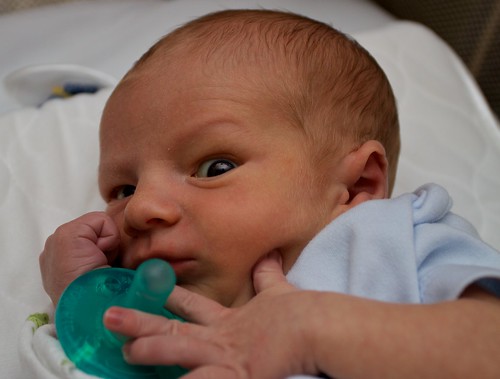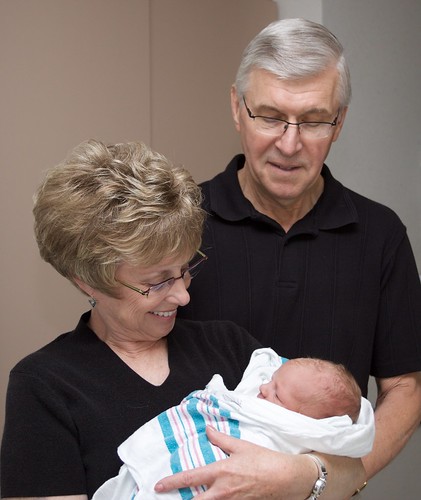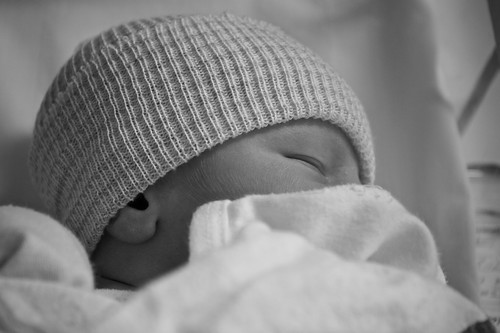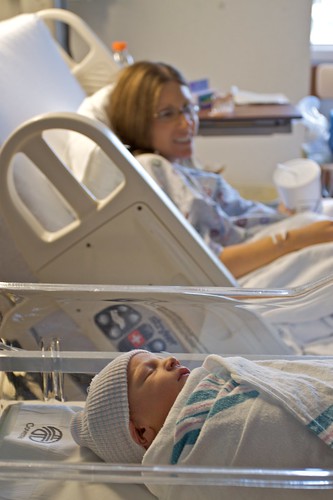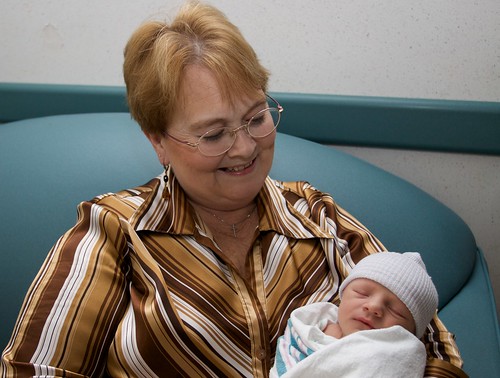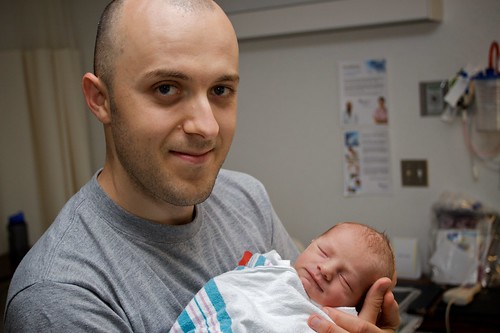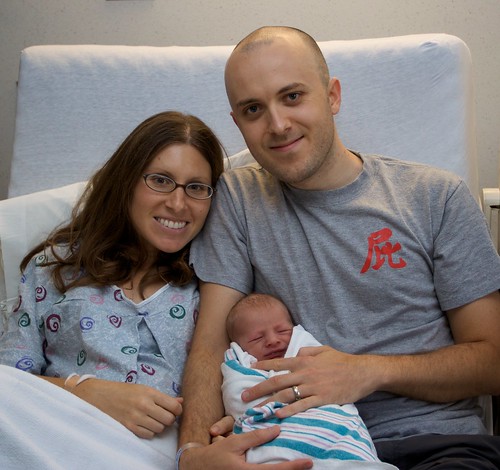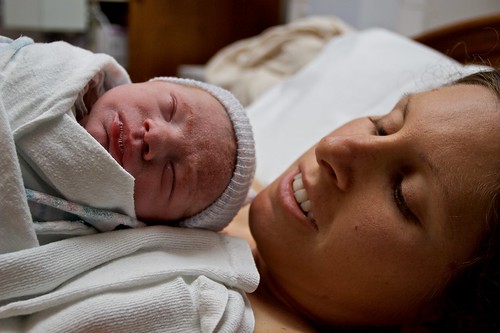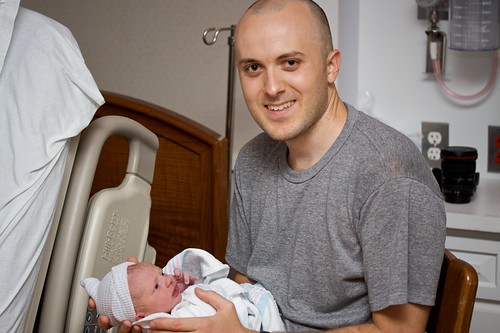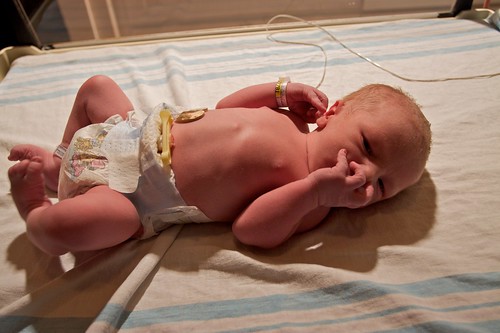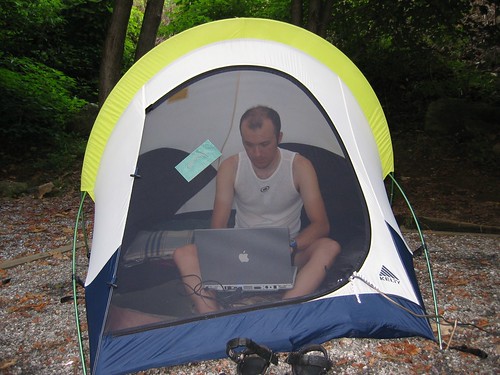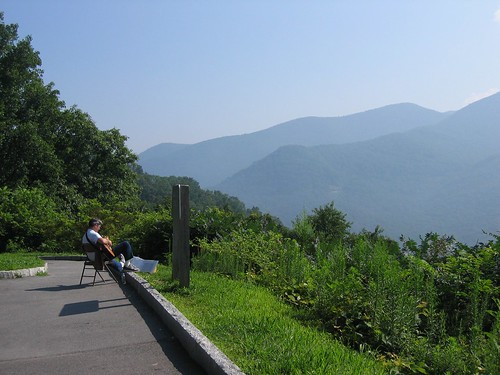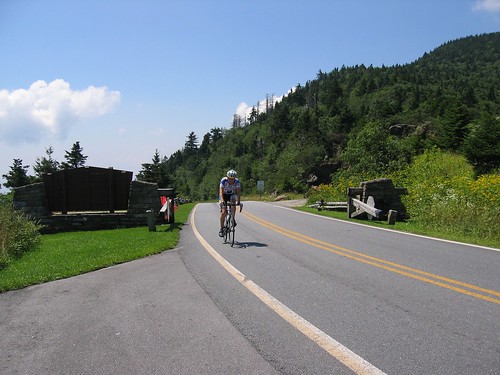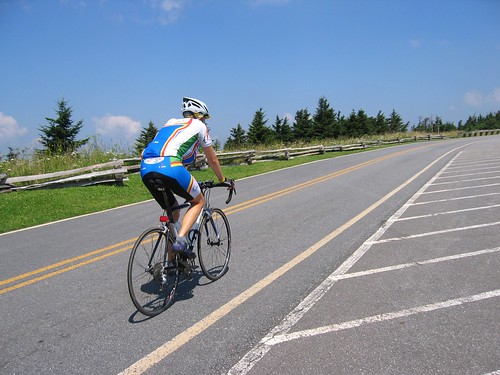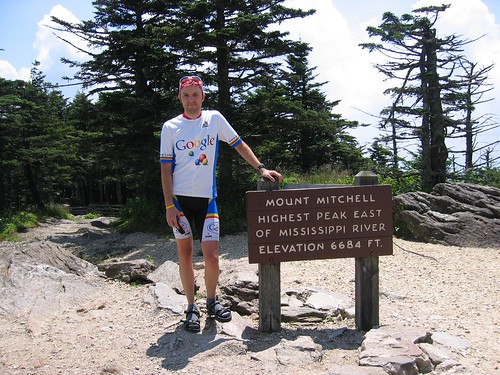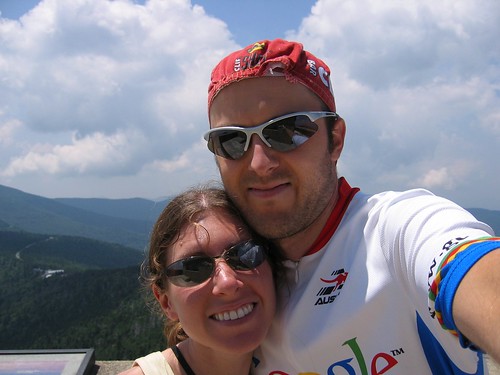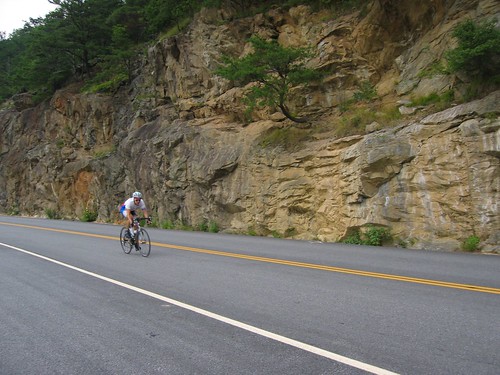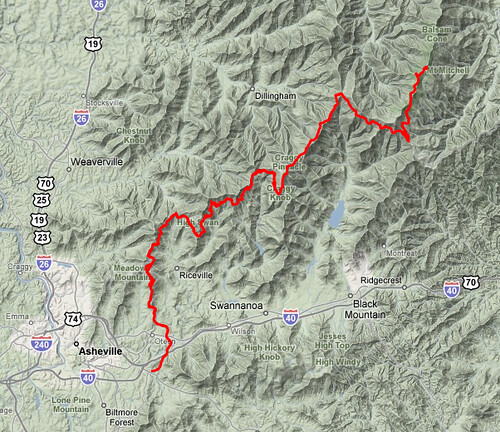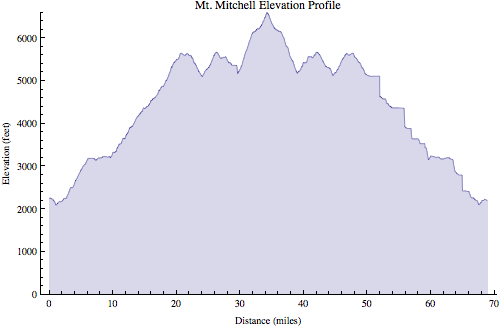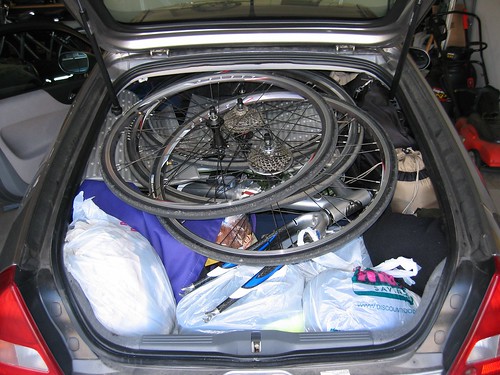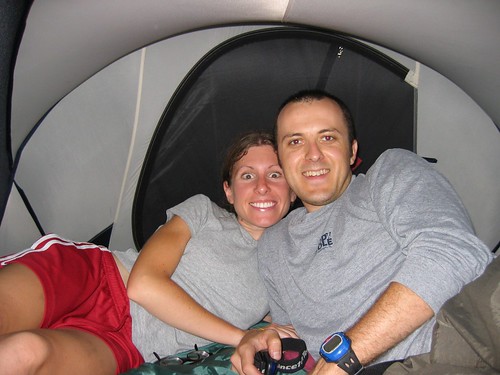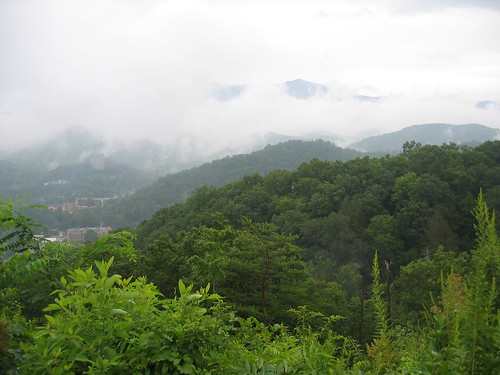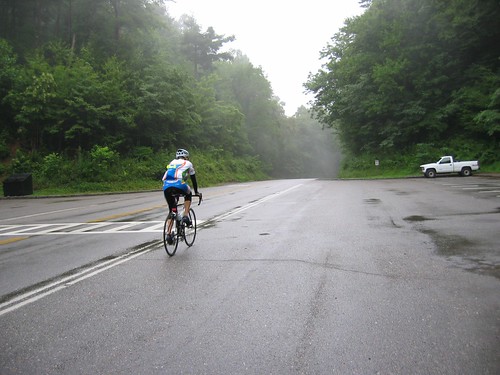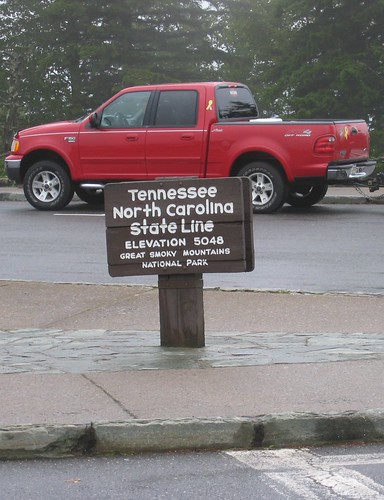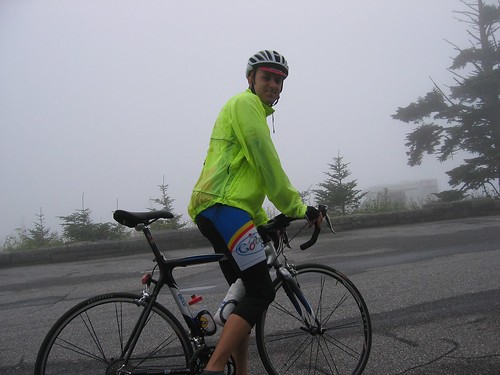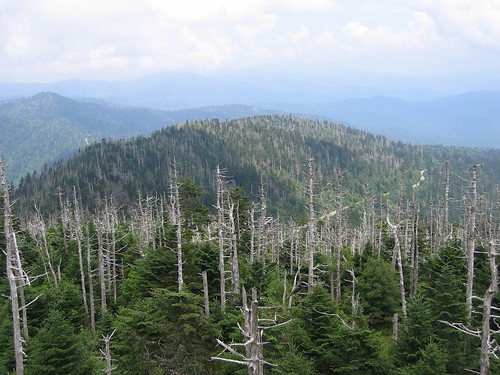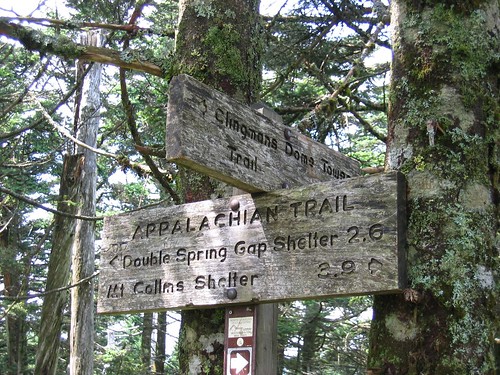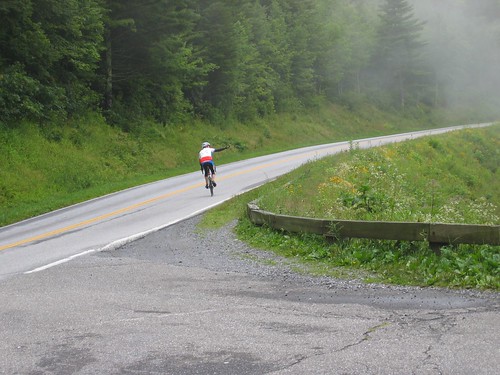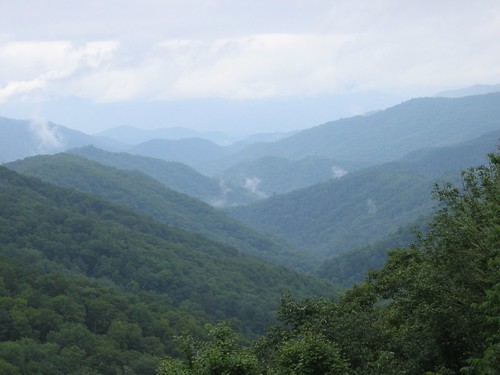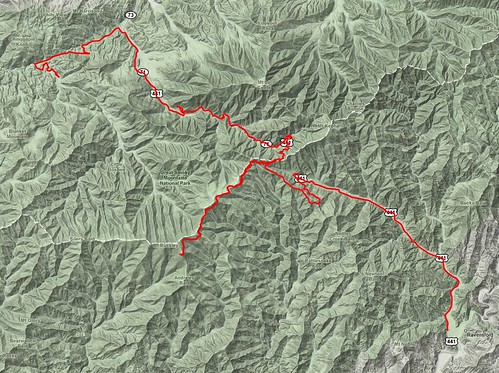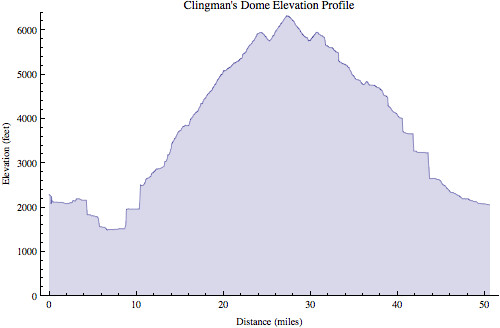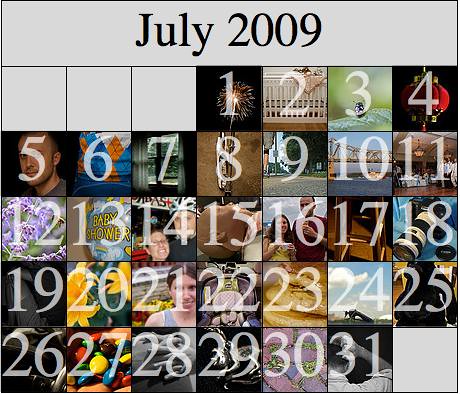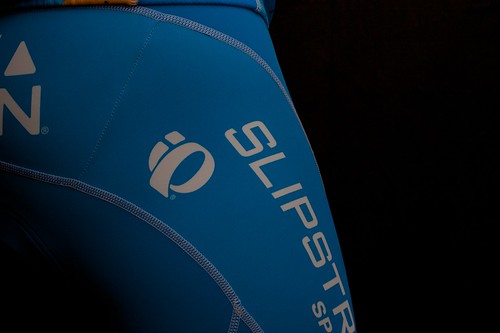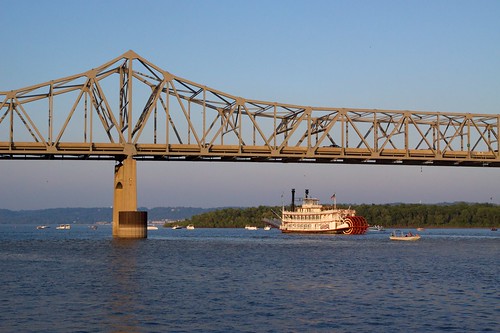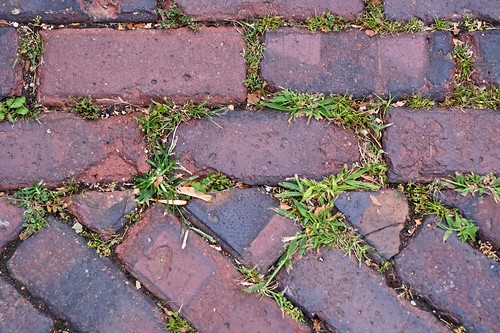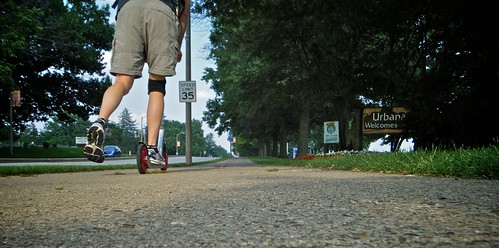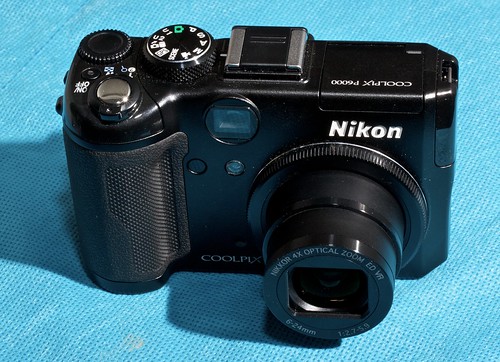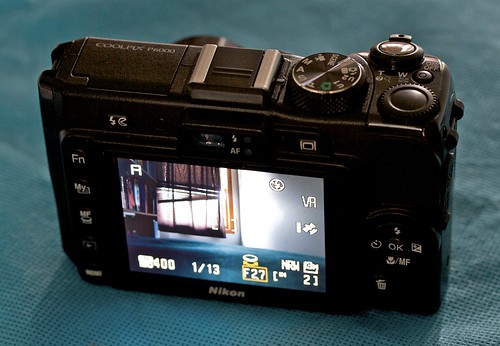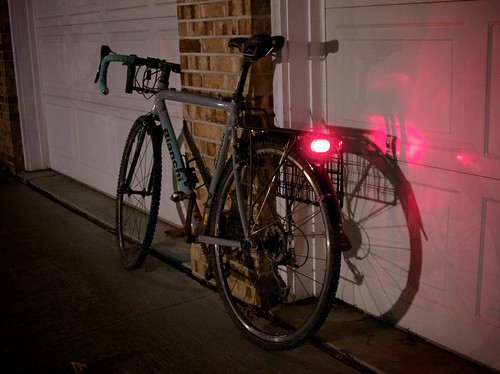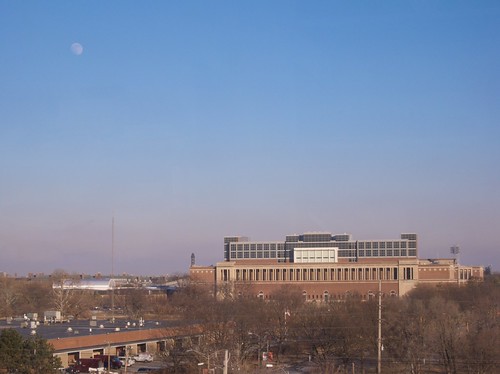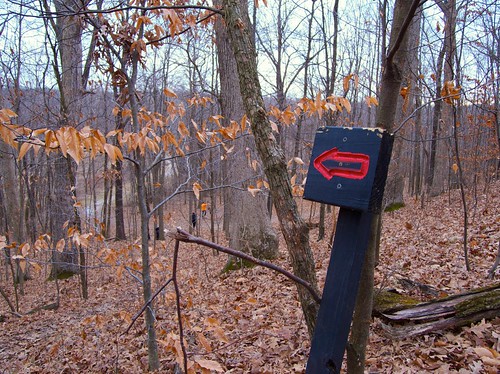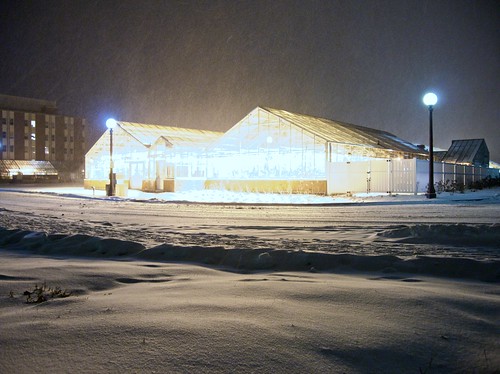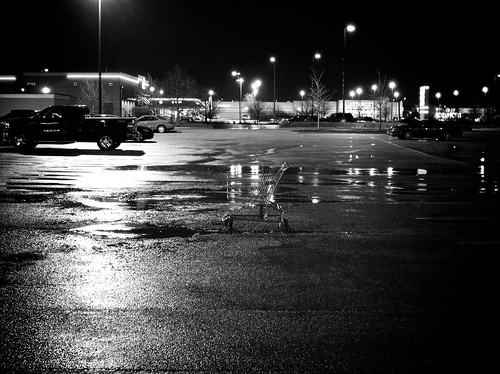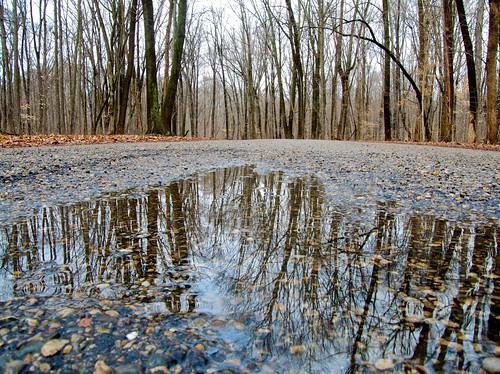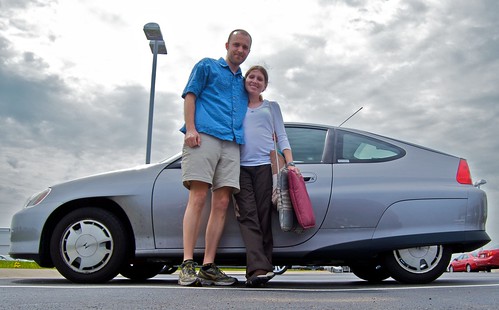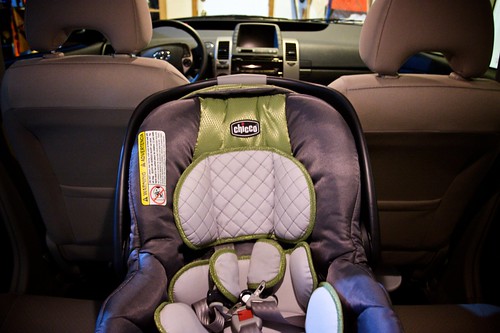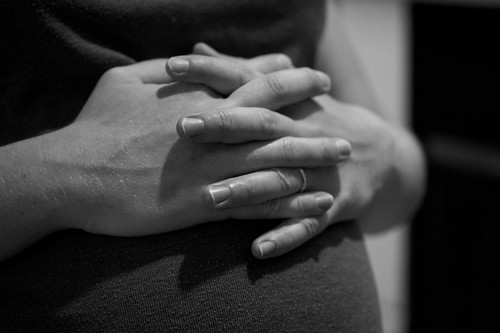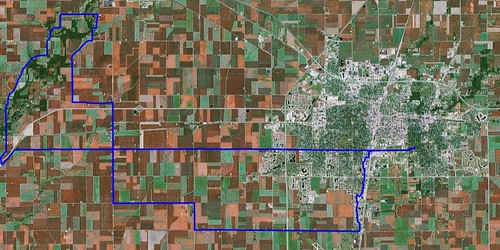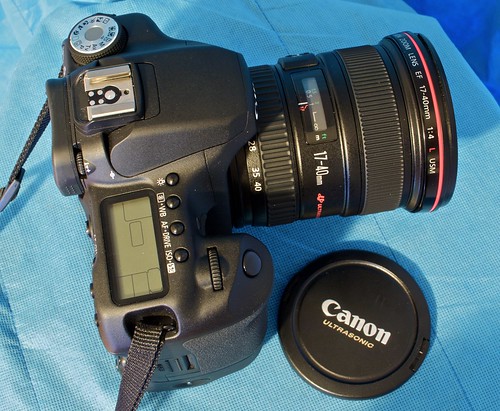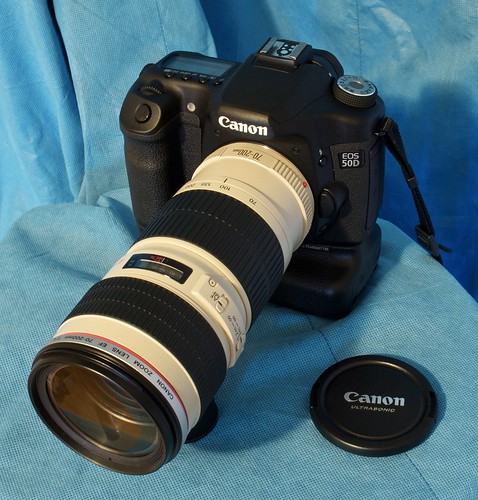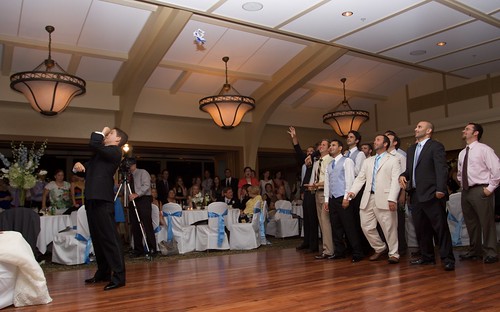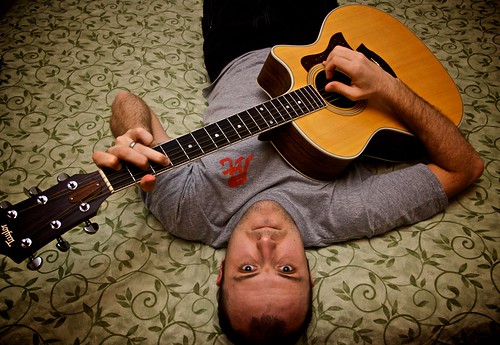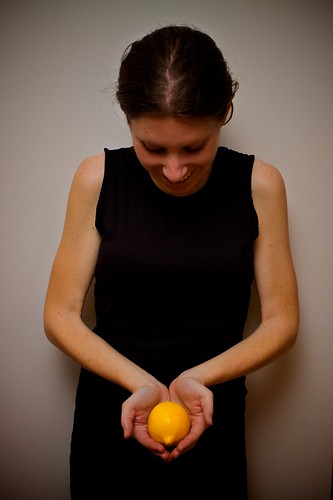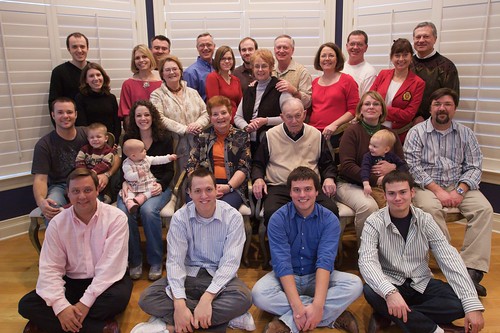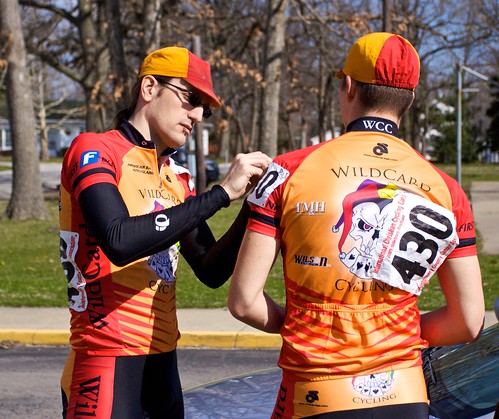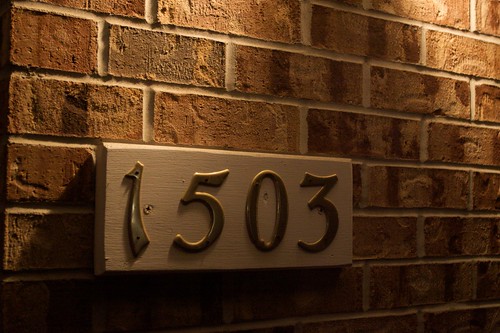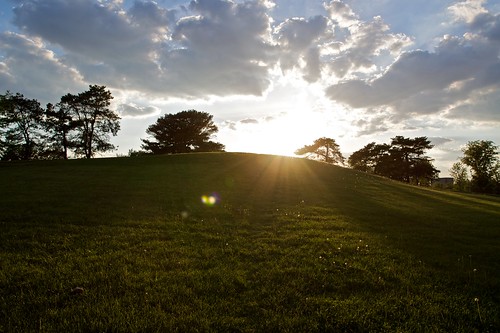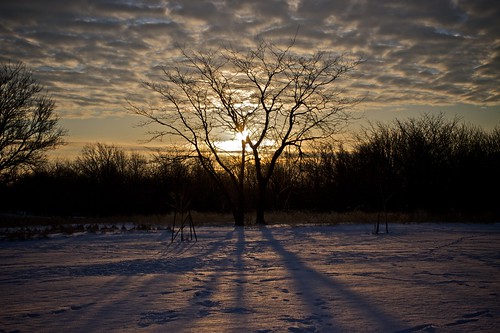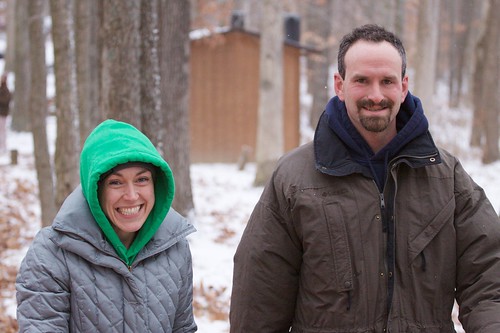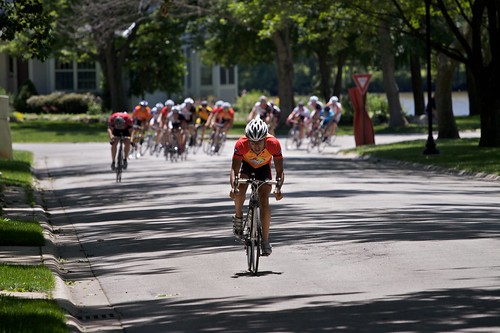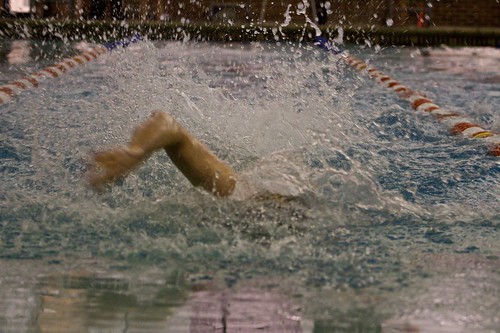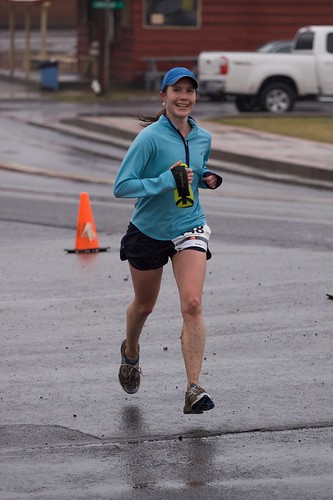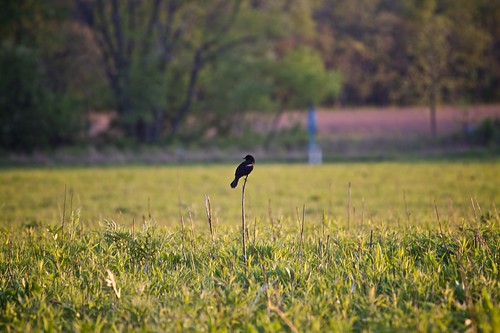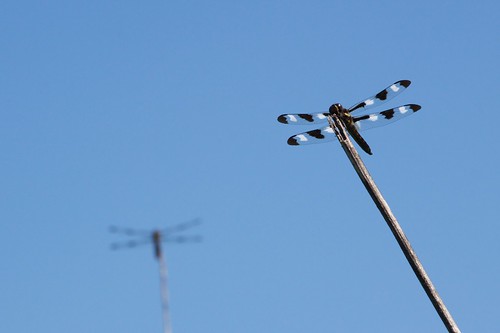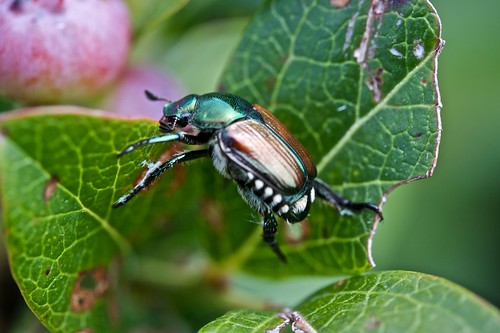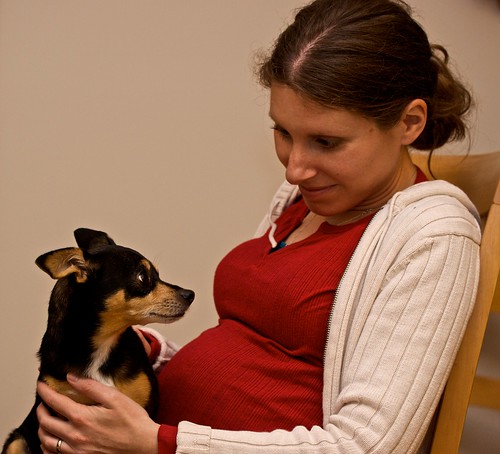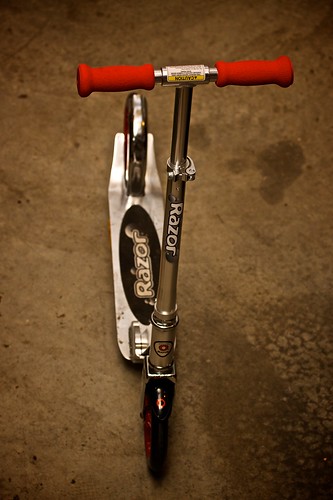I enjoy cycling. Long time readers might recall that a long term goal of mine is to cycle to the highest point (well, highest paved road) in every U.S. state. The first one I checked off the list was Tennessee, four years ago today.
Living most of my life in flat, flat central Illinois I have a special appreciation for mountains. The first mountain I rode was Mt. Tam in California, in 2004. I rode it again in 2005, at which point I was hooked. I needed more mountains, but I had none near home. So I started looking around for places where I could take trips to ride mountains.
Having spent every summer during college working in central Appalachia I was somewhat familiar with this mountain range, plus it’s an easy day’s drive to get there. But where to go. If I was going to take a special trip I wanted some big, big mountains. The two biggest are Mt. Mitchell (6,684 feet, the highest point in North Carolina, near Asheville, also the highest point east of the Mississippi river), and nearby Clingman’s Dome (6,643 feet, on the TN/NC border, the highest point in Tennessee).
What started out as kind of pie-in-the-sky wishful thinking quickly turned into a week-long family vacation in August 2005 (i.e. best vacation ever®). We packed the Insight full of camping gear, food, clothes, and two (yes, two) bikes and headed to the Great Smoky Mountains National Park.
We camped in the park (just outside of Gatlinburg, TN) the first night and woke up bright and early, ready to tackle Clingman’s Dome: me on the bike, my wonderful wife driving the support vehicle. The ascent was 20 miles long and rose around 5,000 ft. The road wasn’t terribly steep (4-5%) since it was in the national park and it was built so RV’s could make it up.
The first mile or two was very easy. I was cruising along at 16-17 mph thinking this will be a piece of cake. The gradient increased gradually until I was closer to 8-10 mph, where I would remain for most of the climb. I didn’t know what to expect with such a long climb (twice as long as the only other mountain I had climbed), and since I have a double chainring I switched to a mountain bike cassette with a 32-tooth cog before the ride. I could have gotten by comfortably with a 28. My regular road cassette only had a 25. This would have been usable, but much more difficult.
The first 12.5 miles on Newfound Gap Road had just a little bit of traffic, but it wasn’t bad. All the cars were going very slowly anyway, so my presence didn’t seem to cause any problems.
At Newfound Gap I stopped to get new water bottles from Melissa, then turned off onto Clingman’s Dome Road for the final 7.5 miles. There was very little traffic on this road. Aside from a short downhill this road was also a little bit steeper.
What had been foggy and overcast weather all morning turned into a light drizzle at the summit of Clingman’s Dome. Fortunately, we made another trip back there a few days later for a better view from the observation tower at the top.
I chose to descend the other side of the mountain, into North Carolina, rather than go back down the way I came up. Like the other side, this side wasn’t terribly steep, but it did have some long straight sections that relatively safely allowed for high speeds.
This was only the third time I had ridden a mountain, so my descending skills were a little lacking. Nonetheless I was able to get up to 48 mph or so on the descent.
At the bottom Melissa picked me up and we drove off to the next campground where we would continue our great adventure. I really enjoyed the ride up to and back down from Clingman’s Dome. It was challenging, but not ridiculous (like Mauna Kea). It was a good warmup for Mt. Mitchell a few days later.
I had some GPS wonkiness that caused the square looking sections
| Ride Information |
| Date: |
2005-08-08 7:39 AM EDT |
| Mountain: |
Clingman’s Dome |
| Road Elevation: |
6318 feet |
| Climb Distance: |
20.0 miles |
| Climb Ascent: |
4837 feet |
| Climb Average Grade: |
4.8% |
| Climb Maximum Grade: |
? |
| Ride Distance: |
50.6 miles |
| Ride Total Ascent: |
5895 feet |
| Ride Maximum Speed: |
48 miles/hour |
| Ride Start: |
Elkmont Campground, GSMNP, TN (2285 feet) |
| Ride End: |
Oconaluftee Vistior Center, GSMNP, NC (2046 feet) |
A I mentioned, we came back to Clingman’s dome a few days later and parked at Newfound Gap. From there Melissa & I rode together the last 7.5 miles to the top. Despite her fear, I think she really enjoyed the ride. Conquering that mountain was certainly difficult for her. She often mentions that experience in the same breath as other difficult moments in her life (i.e. marathon #1, marathon #2, marathon #3, etc.) that have helped her learn to persevere.
